9 Dividend Rebuilders to Buy Now
Investing in companies that are restoring their payouts is a sound long-term strategy.

The financial collapse of 2008 and 2009 reshaped the roster of dividend champs. Hundreds of banks, industrial companies and real estate investment trusts that had been reliable dividend payers slashed or eliminated their cash distributions during the downturn. But now, more than three years after the recession ended, the economy is slowly recovering, corporate profits are healthy, and some of the worst offenders are assiduously moving to repair the damage.
These dividend rebuilders offered many fine income-and-growth opportunities, even as the stock market approached record highs in early October. Investing in companies that are restoring their payouts is a sound long-term strategy. If you buy shares that pay a small dividend, the yield on your original investment can soar if the company boosts the rate. And because rebuilders formerly paid high dividends, you can be confident the bosses are willing to share the wealth once the exchequer permits them to.
Finding Candidates
There’s no simple way to screen for these kinds of stocks. One way to generate ideas is to filter for firms that have a record of negative dividend growth over the past five years but increased payouts strongly in 2011 and 2012. From that starting point, you need to inspect balance sheets and cash-flow statements, and glean clues from earnings calls and press releases, to be confident that a company has the money—and the will—to maintain dividend momentum. Low interest rates help because many companies are refinancing their debt. That lowers their costs and allows them to build up their cash piles—which can be used for paying dividends, among other things.

Sign up for Kiplinger’s Free E-Newsletters
Profit and prosper with the best of expert advice on investing, taxes, retirement, personal finance and more - straight to your e-mail.
Profit and prosper with the best of expert advice - straight to your e-mail.
Because dividend rebuilders are by definition turnarounds, their current yields can be underwhelming. Consider S.L. Green (symbol SLG), a REIT that owns office and retail properties in and around New York City. Green’s current annual dividend rate is $1 per share. With the stock at $79, the yield is a puny 1.3% (all prices are as of October 4). But Green paid an annual rate of $3.15 in 2008, and on their second-quarter conference call with analysts and investors, officials promised to continue raising dividends substantially. In fact, the process has already begun: The dividend rate was 40 cents a share last year. And the prognosis for commercial real estate values and rents in New York City is favorable.
Bank stocks, like REITs, offered superior yields before the Great Recession. Some will never do so again, even if they managed to survive the crisis. But as more banks, especially leading regional institutions, put time and space between themselves and both the housing crash and the government’s loan-bailout program, they are accumulating the wherewithal to fix their fallen dividends. Worth considering, among others, are BB&T (BBT), which, at $34, yields 2.4%; Fifth Third (FITB), which yields 2.5% at a price of $16; and PNC (PNC), which trades at $65 and yields 2.5%. As long as the economy avoids falling back into recession, these stocks should perform well and should deliver a steadily rising stream of dividends.
Turning to industrial stocks, a top candidate is Dow Chemical (DOW). Its quarterly dividend rate had been 42 cents per share before it was trimmed to 15 cents in 2009. As the company reduced its debt and boosted profits and cash flow, it raised the rate to 25 cents in 2011 and to 32 cents in 2012. At $29, the stock yields 4.4%. Other well-known industrial firms that are mending tattered dividends include General Electric (GE), trading at $23 and yielding 3.0%, and Ingersoll-Rand (IR), which at $46 pays 1.4%. Among less-familiar names, two that have begun restoring their payouts are amusement-park operator Cedar Fair (FUN), yielding 4.7% at a price of $34, and furniture maker Steelcase (SCS), which at $10 yields 3.5%. Note that Cedar Fair is a master limited partnership, so purchasing it could complicate your tax returns.
Kiplinger's Investing for Income will help you maximize your cash yield under any economic conditions. Subscribe now!
Get Kiplinger Today newsletter — free
Profit and prosper with the best of Kiplinger's advice on investing, taxes, retirement, personal finance and much more. Delivered daily. Enter your email in the box and click Sign Me Up.

-
 The AI Doctor Coming to Read Your Test Results
The AI Doctor Coming to Read Your Test ResultsThe Kiplinger Letter There’s big opportunity for AI tools that analyze CAT scans, MRIs and other medical images. But there are also big challenges that human clinicians and tech companies will have to overcome.
By John Miley Published
-
 The Best Places for LGBTQ People to Retire Abroad
The Best Places for LGBTQ People to Retire AbroadLGBTQ people can safely retire abroad, but they must know a country’s laws and level of support — going beyond the usual retirement considerations.
By Drew Limsky Published
-
 Why Investors Needn't Worry About U.S. Credit Downgrade
Why Investors Needn't Worry About U.S. Credit DowngradeFitch Ratings The United States saw its credit rating downgraded for just the second time in history, but experts aren't worried about the long-term damage to stocks.
By Dan Burrows Published
-
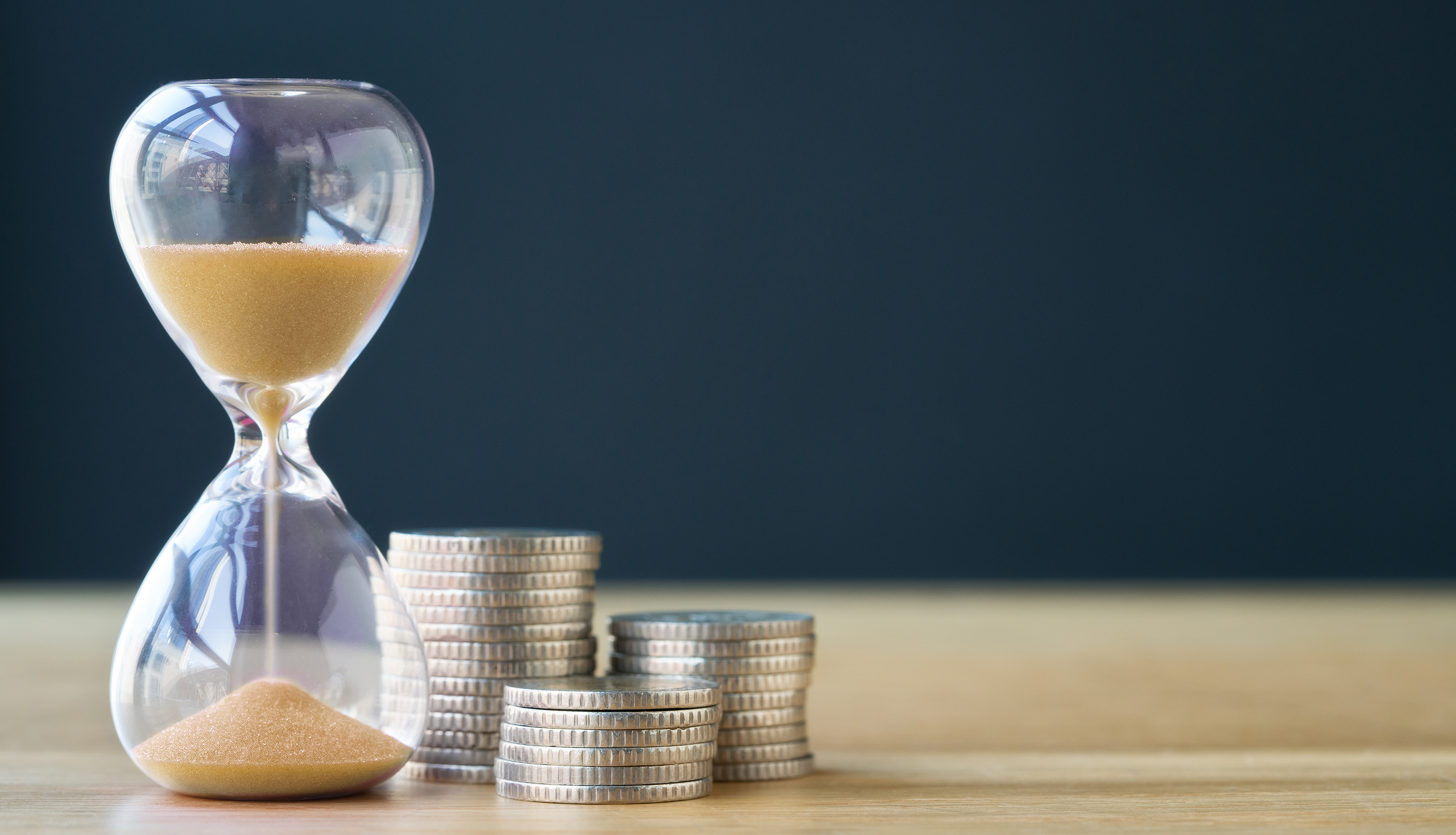 Income-Investing Picks for a Recession
Income-Investing Picks for a RecessionInvesting for Income Some consequences of an economic downturn work to the benefit of fixed-income investors. Here are three fund ideas that fit the bill.
By Jeffrey R. Kosnett Published
-
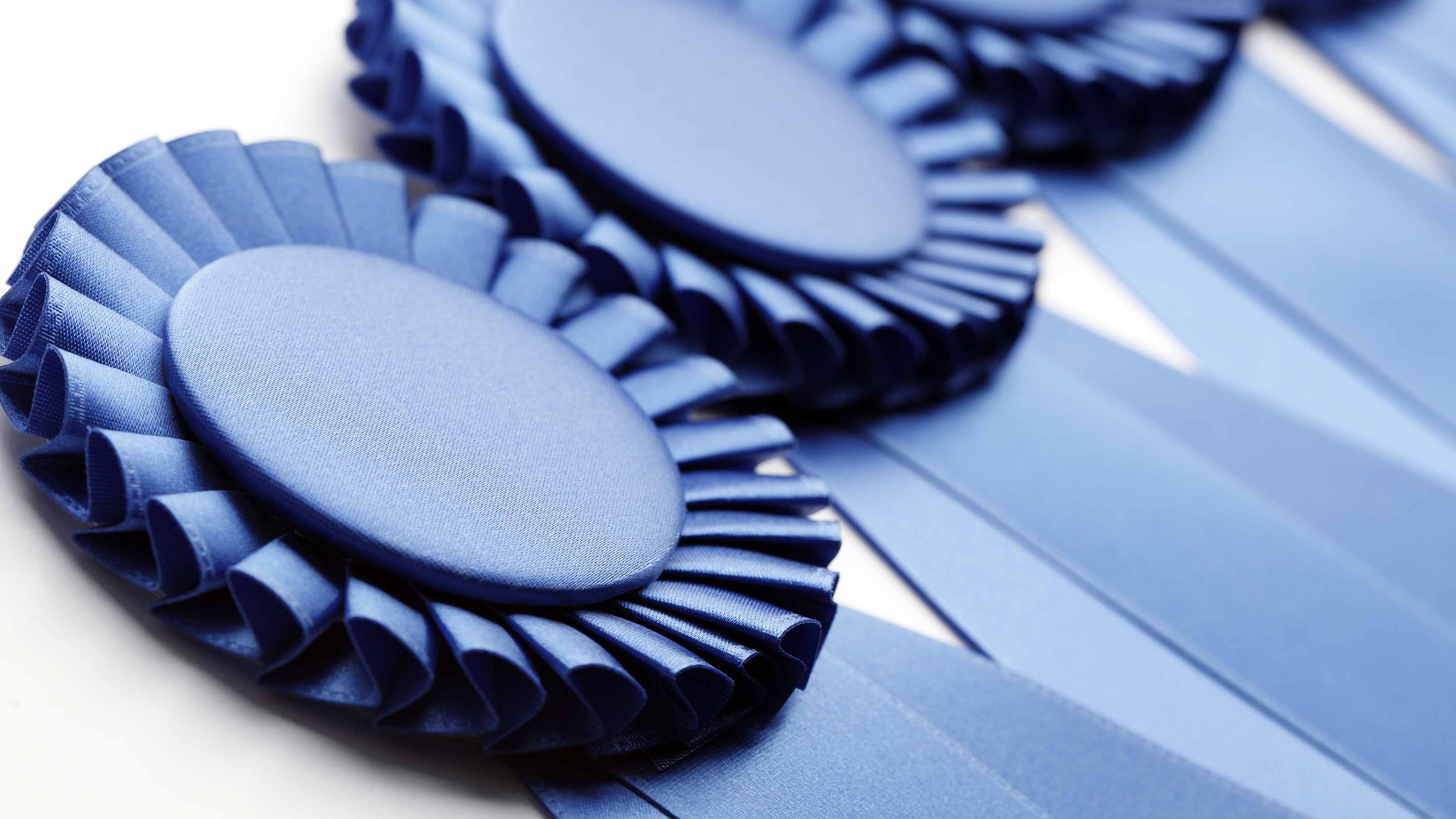 Dogs of the Dow Are 2022's Best in Show
Dogs of the Dow Are 2022's Best in Showdividend stocks Some of the best investments for income investors in a volatile 2022 have come from the Dogs of the Dow.
By Jeffrey R. Kosnett Published
-
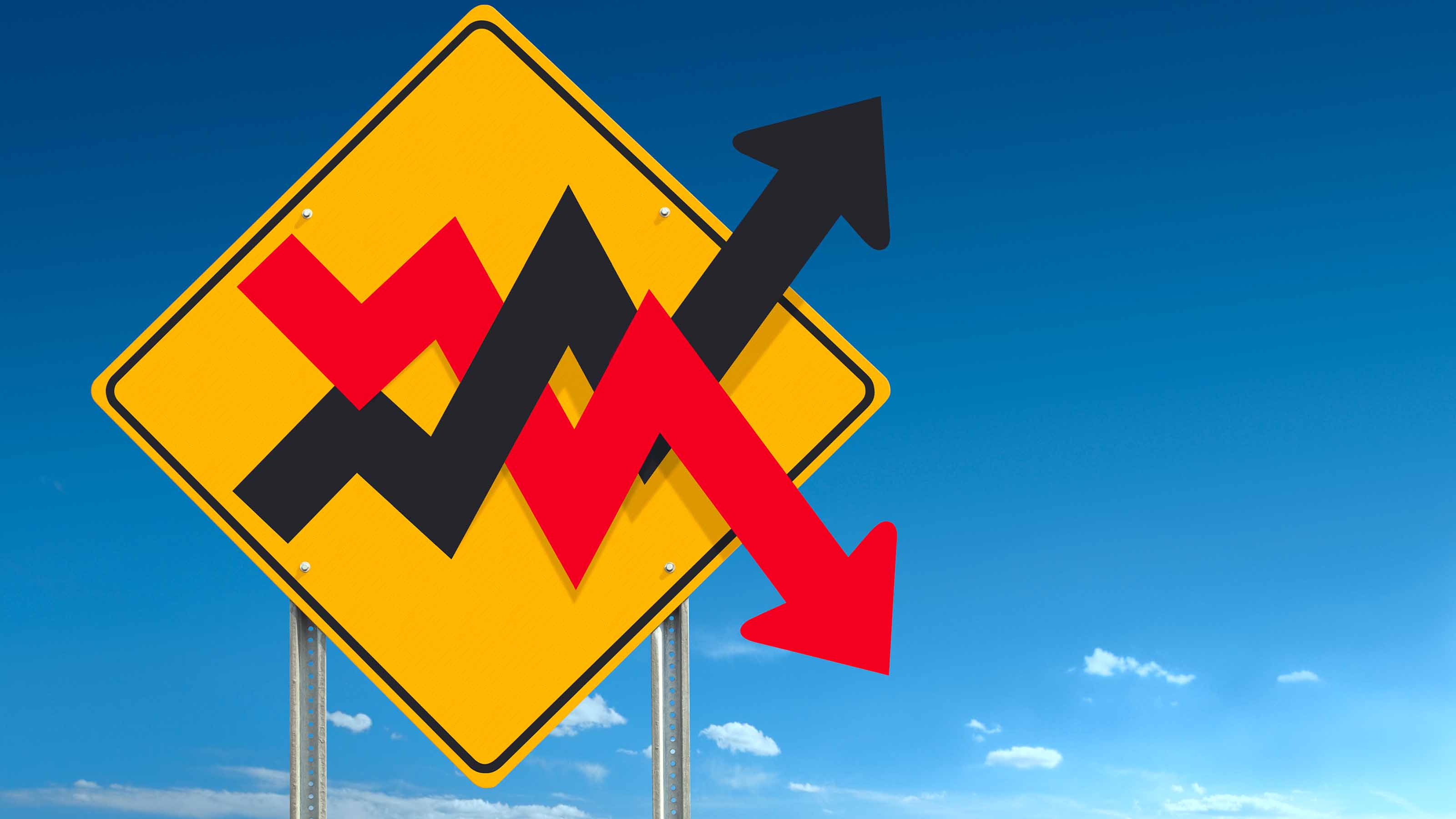 Bond Values in a Volatile Market
Bond Values in a Volatile MarketInvesting for Income While the market's instability may not be over just yet, the latter half of the year should be less daunting – and possibly more rewarding – for investors.
By Jeffrey R. Kosnett Published
-
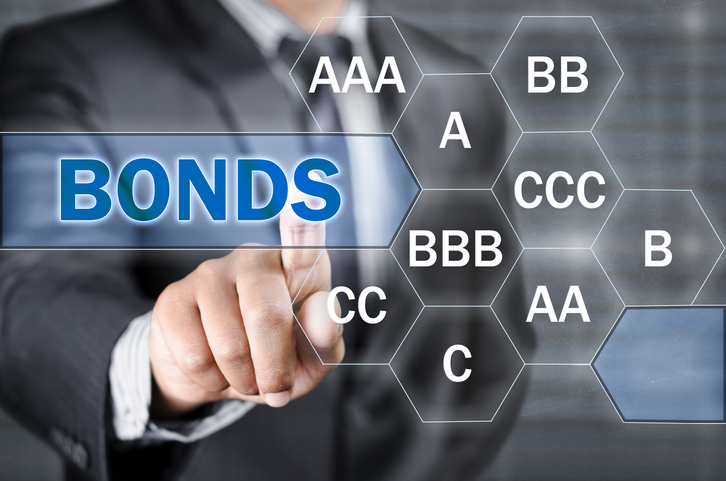 Should You Buy Bonds Now? What To Consider
Should You Buy Bonds Now? What To Considerbonds The fixed-income market has been turned on its head in recent years, but there are still opportunities for those looking to buy bonds again.
By James K. Glassman Last updated
-
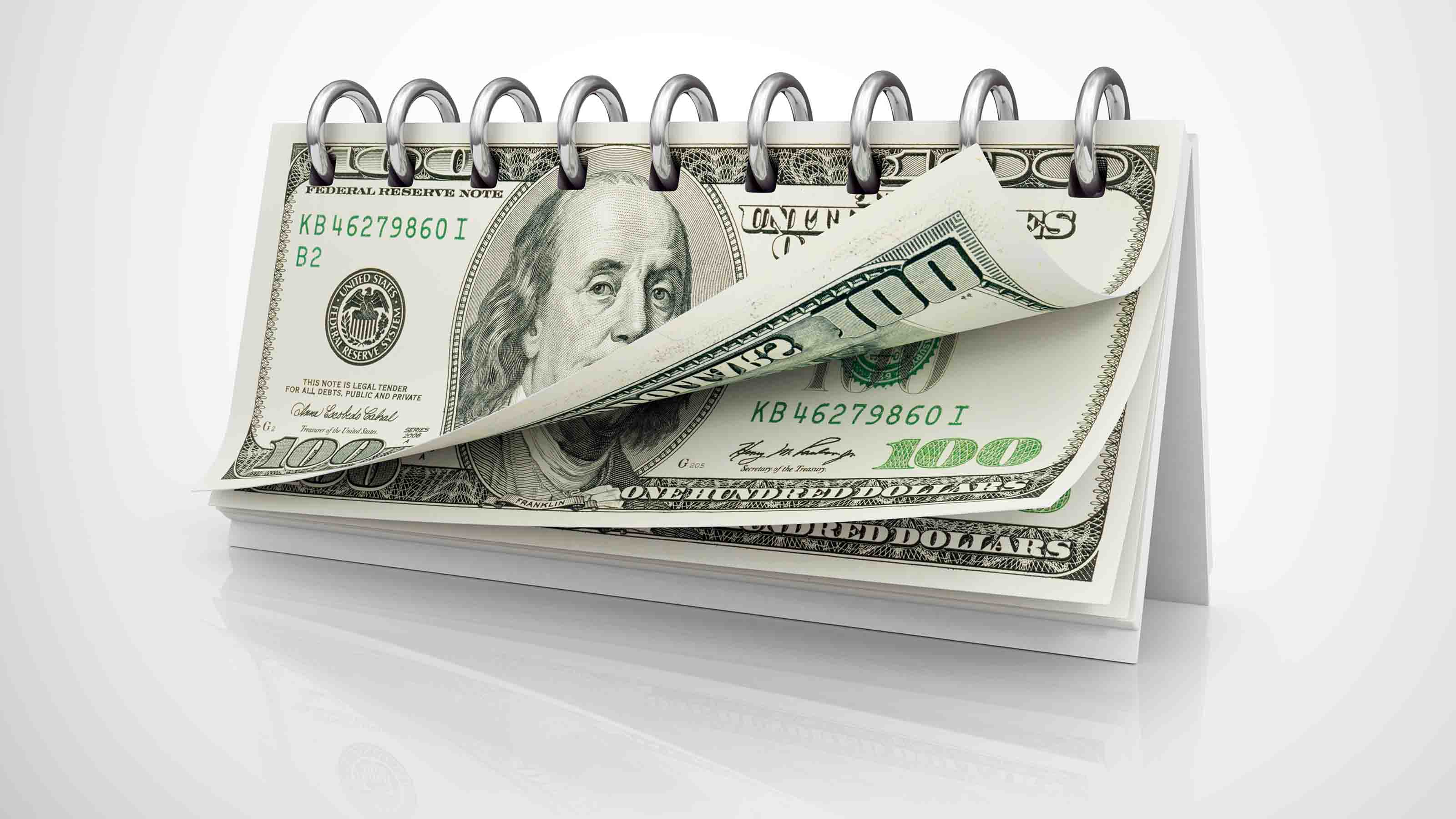 Dividend Dates: A Beginner's Guide
Dividend Dates: A Beginner's Guidedividend stocks Everything you need to know about ex-dividend dates, dividend announcements and other parts of the dividend calendar.
By Charles Lewis Sizemore, CFA Published
-
 Income Investors Should Look Beyond the Ukraine Invasion
Income Investors Should Look Beyond the Ukraine Invasionstocks Unless you invested in a Russian-themed ETF or an emerging markets index fund, the destruction of Moscow's capital markets is a distraction for investors.
By Jeffrey R. Kosnett Published
-
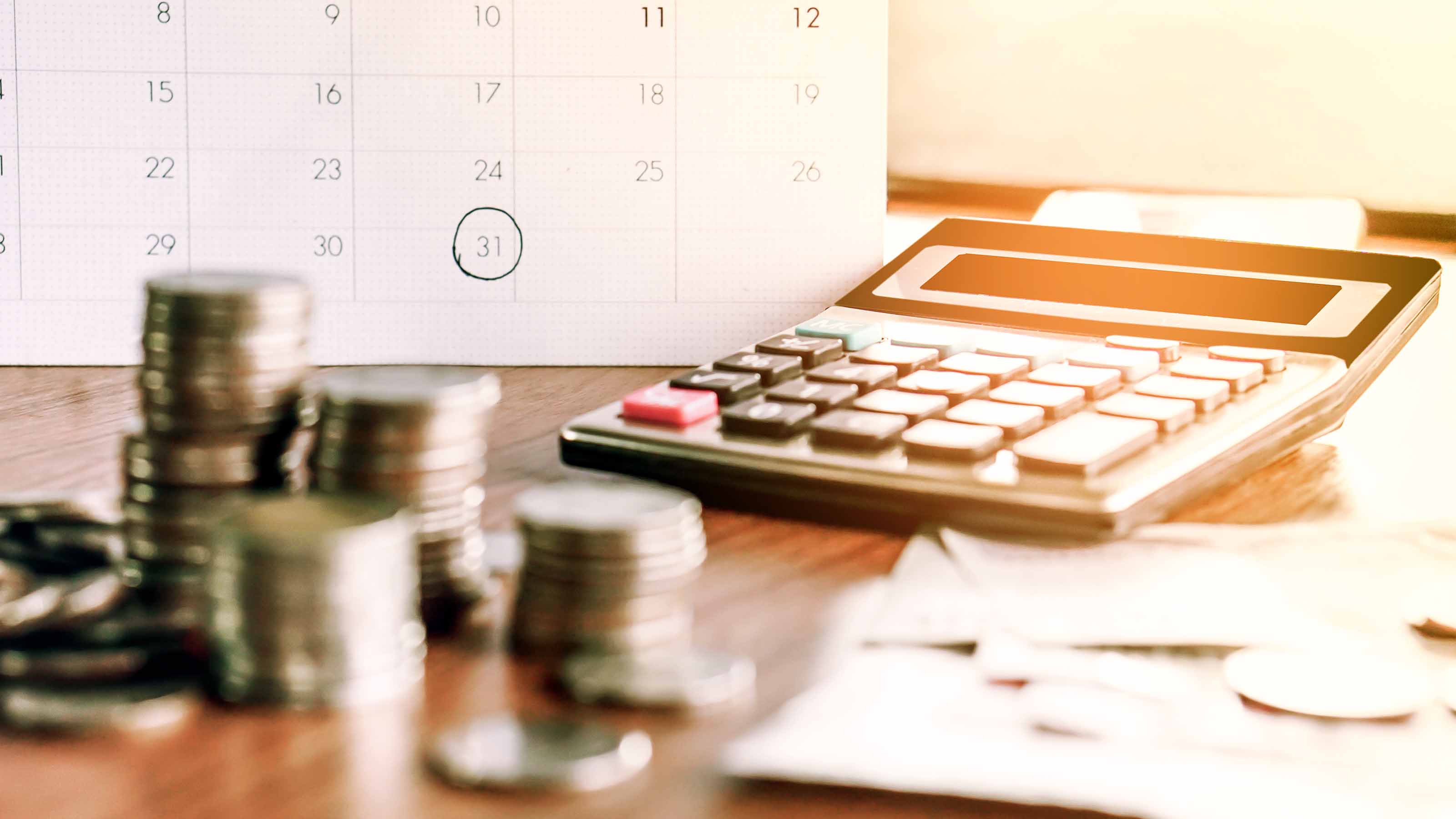 Consider Short-Term Bond Funds
Consider Short-Term Bond FundsInvesting for Income These funds own the kind of stuff that benefits from a healthy economy and can withstand the Fed's rate hikes.
By Jeffrey R. Kosnett Published